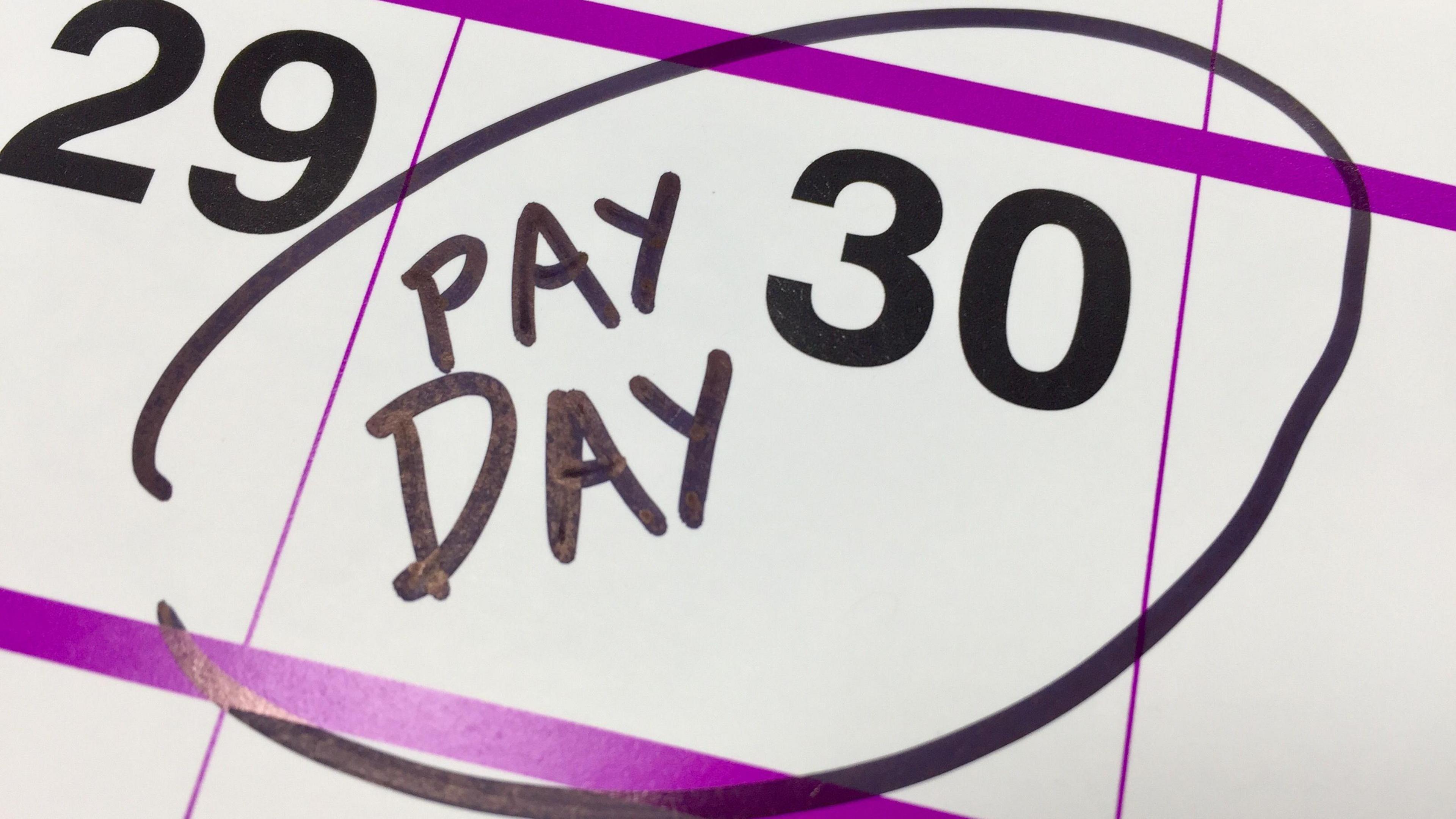NI unemployment rate at record low

The unemployment rate from June-August was 1.9%
- Published
The number of people on company payrolls in Northern Ireland in September was 806,700, a rise of 1.5% over the year and the largest increase of any of the UK regions.
The unemployment rate from June-August was 1.9%; this is a record low and the lowest of the UK regions.
However, the employment rate was down over the year to 70.2%, which suggests some softening in the jobs market.
Typical monthly pay in Northern Ireland was £2,241 in September, which is 6.6% higher, or £139 more, than the same time last year.
Northern Ireland is lowest-earning region

Pay in Northern Ireland still lags behind the UK average of £2,397 a month
That means wages are growing faster than the rate at which prices are rising (inflation), which in August was 2.2%.
However, Northern Ireland was the lowest-earning region in the UK, despite seeing the largest annual rise in pay of the 12 UK regions.
Pay in Northern Ireland still lags behind the UK average of £2,397 a month.
The rate of economic inactivity has been a consistent problem facing the Northern Ireland economy in recent years.
It is the proportion of people who are not either in work nor looking for a job and includes people who are sick, disabled, or students.
Economic inactivity rose to 28.5%, which is the highest of the UK regions, and the most common reason for being economically inactive was ‘long-term sickness’, accounting for 41.2% of the group.
Related topics
- Published13 August 2024

- Published11 June 2024
